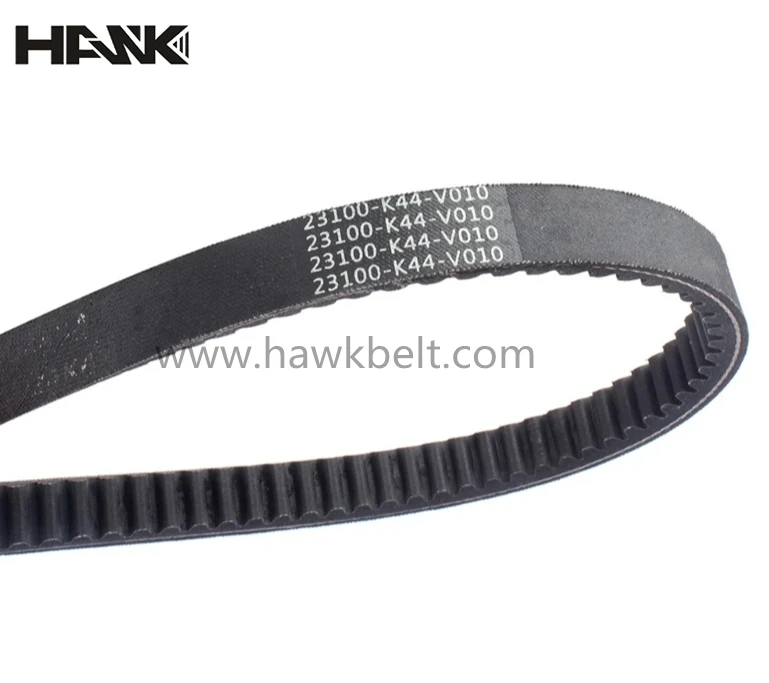- Arabic
- French
- Russian
- Spanish
- Portuguese
- Turkish
- Armenian
- English
- Albanian
- Amharic
- Azerbaijani
- Basque
- Belarusian
- Bengali
- Bosnian
- Bulgarian
- Catalan
- Cebuano
- Corsican
- Croatian
- Czech
- Danish
- Dutch
- Afrikaans
- Esperanto
- Estonian
- Finnish
- Frisian
- Galician
- Georgian
- German
- Greek
- Gujarati
- Haitian Creole
- hausa
- hawaiian
- Hebrew
- Hindi
- Miao
- Hungarian
- Icelandic
- igbo
- Indonesian
- irish
- Italian
- Japanese
- Javanese
- Kannada
- kazakh
- Khmer
- Rwandese
- Korean
- Kurdish
- Kyrgyz
- Lao
- Latin
- Latvian
- Lithuanian
- Luxembourgish
- Macedonian
- Malgashi
- Malay
- Malayalam
- Maltese
- Maori
- Marathi
- Mongolian
- Myanmar
- Nepali
- Norwegian
- Norwegian
- Occitan
- Pashto
- Persian
- Polish
- Punjabi
- Romanian
- Samoan
- Scottish Gaelic
- Serbian
- Sesotho
- Shona
- Sindhi
- Sinhala
- Slovak
- Slovenian
- Somali
- Sundanese
- Swahili
- Swedish
- Tagalog
- Tajik
- Tamil
- Tatar
- Telugu
- Thai
- Turkmen
- Ukrainian
- Urdu
- Uighur
- Uzbek
- Vietnamese
- Welsh
- Bantu
- Yiddish
- Yoruba
- Zulu
gru . 05, 2024 13:56 Back to list
cnc timing belt
Understanding CNC Timing Belts Essential Components of Precision Machinery
CNC (Computer Numerical Control) machining has revolutionized the manufacturing industry, enabling high precision and efficiency in the production of intricate parts and components. At the heart of many CNC machines lies the timing belt—a crucial component that ensures accuracy in movement and synchronization of various machine parts. This article delves into the significance of CNC timing belts, their types, applications, and maintenance practices.
What is a Timing Belt?
A timing belt is a toothed belt made from a durable material, typically rubber, that connects the motor to the machine’s moving parts. It plays a pivotal role in synchronizing the rotation of the motor with the movement of the tool or workpiece. By maintaining a fixed relationship between these components, timing belts eliminate slippage and ensure that precise movements are achieved, which is particularly critical in CNC applications where errors can lead to costly production mistakes.
Types of Timing Belts
Timing belts come in various designs and configurations, tailored to meet the specific demands of different CNC machines. The most common types include
1. Rubber Timing Belts These are the most frequently used timing belts due to their flexibility, strength, and resistance to wear. They are suitable for a wide range of applications, from small hobby machines to larger industrial equipment.
2. Polyurethane Timing Belts Known for their exceptional durability and resistance to harsh conditions, polyurethane timing belts are ideal for applications involving high torque and speed. They are commonly used in CNC routers and laser cutting machines.
3. Metal-reinforced Timing Belts These belts are embedded with metal cords that provide additional strength and stability. They are used in heavy-duty CNC machines where high loads and extreme conditions are present.
Applications in CNC Machinery
CNC timing belts are employed in various types of machinery, including
- CNC Mills In mills, timing belts help drive the spindle and move the table with precision, ensuring that parts are machined to the exact specifications.
cnc timing belt

- CNC Lathes For lathes, timing belts facilitate the rotation of the workpiece and the movement of the cutting tool, allowing for intricate designs and complex geometries.
- 3D Printers Timing belts contribute to the accurate movement of the print head and build platform, which is essential for producing high-quality prints.
- Laser Cutters In laser cutting systems, timing belts enable precise positioning of the laser, resulting in clean and accurate cuts.
Maintenance of CNC Timing Belts
Proper maintenance of timing belts is essential for ensuring their longevity and reliability. Here are some tips to follow
1. Regular Inspection Periodically inspect the timing belts for signs of wear, fraying, or damage. Promptly replacing a worn belt can prevent breakdowns and costly repairs.
2. Proper Tension Ensure that the timing belt is properly tensioned. Both under-tensioning and over-tensioning can lead to decreased performance and premature wear.
3. Cleanliness Keep the area around the timing belt clean to prevent debris from interfering with its operation. Dirt and grime can accumulate, leading to increased friction and wear.
4. Lubrication While timing belts themselves generally do not require lubrication, the pulleys and other components should be kept well-lubricated to ensure smooth operation.
5. Follow Manufacturer Guidelines Always refer to the machine’s manual for specific maintenance practices and replacement intervals for timing belts. Adhering to these guidelines can significantly extend the lifespan of the belt.
Conclusion
CNC timing belts are indispensable components that contribute to the precision and efficiency of modern machining processes. Understanding their types, applications, and maintenance can help operators optimize their CNC machinery, enhancing productivity and ensuring high-quality output. As technology continues to evolve, the role of timing belts in CNC applications will undoubtedly remain critical to the advancement of manufacturing capabilities.
-
Korean Auto Parts Timing Belt 24312-37500 For Hyundai/Kia
NewsMar.07,2025
-
7PK2300 90916-T2024 RIBBED BELT POLY V BELT PK BELT
NewsMar.07,2025
-
Chinese Auto Belt Factory 310-2M-22 For BMW/Mercedes-Benz
NewsMar.07,2025
-
Chinese Auto Belt Factory 310-2M-22 For BMW/Mercedes-Benz
NewsMar.07,2025
-
90916-02660 PK Belt 6PK1680 For Toyota
NewsMar.07,2025
-
drive belt serpentine belt
NewsMar.07,2025

